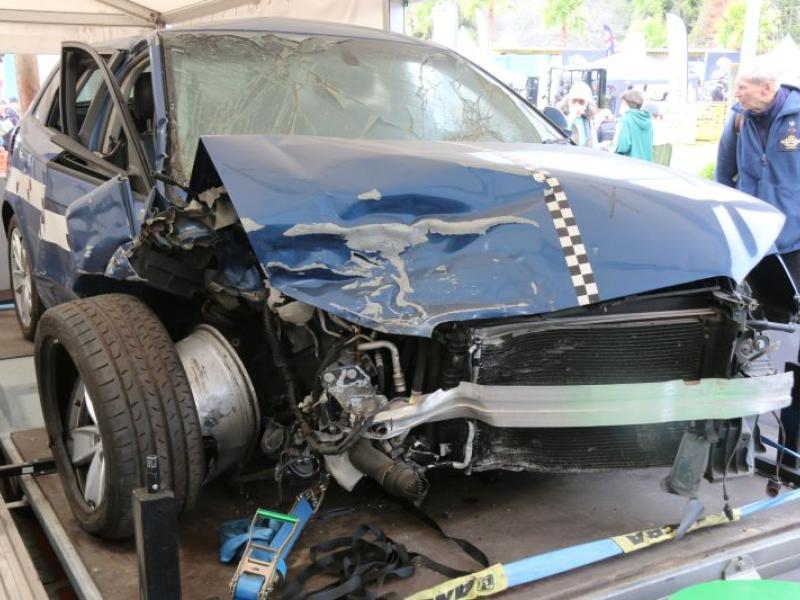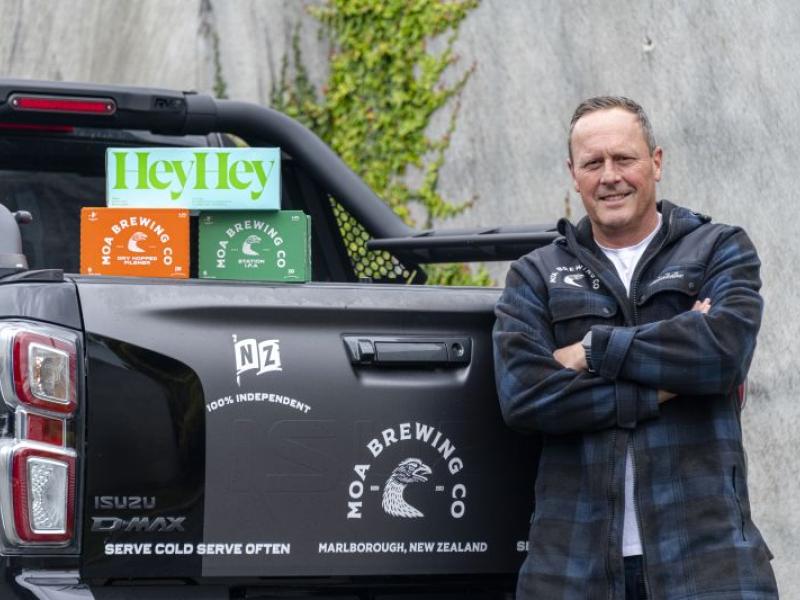Protecting the greatest living space on earth: that’s the vision behind the Department of Conservation and it is working to see “a place where, increasingly, the knowledge and commitment of New Zealanders is focused on restoring and sustaining a natural environment”. All of which, quite possibly, makes Rex Ambler’s role, as DOC’s national fleet manager, one of the most interesting jobs in New Zealand’s fleet management sector.
The department has a huge mandate. It is charged with protecting almost one third of New Zealand’s land mass or about 8.6 million hectares; it maintains a network of more than 14,000 kilometres of popular walking tracks up and down the country, often in backcountry areas; 330 campsites; and 960 backcountry huts.
Its conservation work also encompasses fresh and coastal water and it looks after 44 marine reserves, covering a total of 1.74 million hectares and eight marine mammal sanctuaries, covering approximately 2.8 million hectares.
In turn DOC’s 1700 permanent employees, supplemented by temporary workers in the busy summer season, also protect 13,000 historic sites, and actively manage 650 historic sites accessible to the public. And much of the department’s work is situated in the most beautiful parts of New Zealand, treasured by New Zealanders and visitors alike.
With such a vast array of resources under its care, the variety of vehicles, vessels and engines DOC staff use is also very diverse.
First up there are the more than 700 utes and cars and vans that DOC staff use to undertake their conservation work from 56 different offices around the country.
This fleet is supplemented by another 100 or so leased vehicles the company brings in for the peak summer period on six to seven month leases when DOC is at its busiest. As a government organisation DOC is party to the Ministry of Business, Innovation and Employment’s All of Government vehicle tender contract and is able to access leasing companies through that process.
Ambler tells New Zealand Company Vehicle the fleet currently includes six fire engines although these will be transferred to a new body next year after legislation was passed which creates a single fire organisation, Fire and Emergency New Zealand (FENZ), which brings together rural, urban, paid and volunteer firefighters.
Ambler’s role also sees him overseeing 77 water vessels that range in size from small row boats with outboard motors to a freighter that is used around Auckland’s Gulf Islands and a 22-metre passenger and freight vessel used around Stewart Island.
As to the vehicle fleet itself Ambler says it is a legacy fleet with 14 different manufacturers amongst the 700 vehicles it owns, including Citroen, Ford, Nissan, Holden, Honda, Hyundai and Ssangyong.
Utes make up about 60 percent of the fleet and tend to be Toyota Hilux as they are used in the field by rangers and other staff who go off-road on a regular basis.
Asked about electric vehicles, Ambler says they have just purchased three Hyundai Ioniq EVs for use in Auckland, Wellington and Christchurch to trial them, initially in an urban environment.
Ambler says the fleet management strategy into the future is around electric vehicles and the next purchases will be hybrids which, he says, will be a “step change to the future”.
At present the 200 kilometre reach of many EVs is not quite far enough for DOC which has a good number of staff working in some remote areas.
Ambler says once more EVs come onto the market with a 300 kilometre charge capacity they will be more suitable for the department’s needs. At present, only Tesla cars are capable of that charge distance and these are not suitable for DOC.
But that said Ambler believes the vehicle technology will be able to cater for its needs in the next 12 to 18 months at which point they will make the move from diesel and petrol-run vehicles to hybrid. He is particularly keen on seeing EV utes come into the market.
He also has to be mindful that staff in an area like the Ureweras aren’t going to able to access charge stations, but as the infrastructure for electric vehicles grows and the range improves they will certainly look at boosting their EV numbers.
The DOC fleet is all managed in-house by Ambler’s department and all repairs, maintenance and legal compliance for the vehicles is arranged by a fleet coordinator in each of the 56 DOC offices. Payments are centralised to the head office in Wellington.
Ambler says they are looking to install GPS in the fleet vehicles so they can access more data and productivity information on the needs of the fleet. Health and safety of its staff is a primary driver for DOC and he says the department needs to ensure it is doing everything possible to support that.
The average age of the fleet is eight years at present although ideally Ambler would like to see utes replaced after five years and cars replaced after four years.
DOC’s central ethos, naturally enough, is based around sustainability and as the technology changes, Ambler says they want to be making the most of vehicle technology that is helpful to the environment.
With staff in such far-flung areas, the health and safety protocols include a detailed risk management policy and reporting on any incidents or near misses and while they don’t have the technology as yet to monitor the fleet on a daily basis, Ambler says this is integral to future planning.
The technology too will also help with “right sizing” the fleet ensuring they don’t have too many or too few vehicles and tracking exactly what they are used for on a daily basis.






